85 F. high in the Twin Cities Thursday.
80 F. average high on August 21.
88 F. high on August 21, 2013.
.07" rain fell at MSP International Airport yesterday.
August 21 in Minnesota Weather History:
1910: Daylight is dimmed in Duluth due to smoke from Rocky Mountain forest fires.
1870: Downpours across southern Minnesota with 5 inches at Sibley, and 3.49 at Ft. Snelling. Much of the wheat crop was damaged.
City Sizzle
The
urban heat island is real; cities are hotter than surrounding suburbs.
That's why climate records are maintained at sites well away from the
asphalt and concrete of city cores.
The planet is warming, but cities are heating up much faster. A
new report
from Climate Central finds that the Twin Cities metro has the 9th most
intense summer urban heat island of America's top 60 cities, with a
daily average rural-urban temperature difference of 4.3F. Las Vegas is
at the top of the list; The Strip a whopping 7.3F warmer than
surrounding deserts.
80 percent of Americans live in cities and
the urban heat island is heating up our metro areas much faster than
rural areas. Details on the blog below.
Clouds kept us a bit
cooler yesterday, but hazy sun should lure the mercury well into the 80s
today and Saturday; low 90s possible Sunday with a debilitating dew
point near 70F. Serious Dog Days.
I expect a dry sky at the State Fair today and much of tomorrow; a few storms rumble in late Saturday.
Mother
Nature appears manic: a sizzling Sunday gives way to fresh air by
midweek - lows near 50F by Thursday. Heat builds again late next week as
80s return.
Summer spills into September this year.
* Graphics above courtesy of Climate Central, which has the full PDF report
here.
Hot And Getting Hotter: Heat Islands Cooking U.S. Cities.
Climate Central
highlights the large (and growing) difference in temperature between
the downtown urban core, experiencing additional heating from asphalt
and concrete surfaces, versus outlying suburbs. The differences on a
sunny, summer day can be extraordinary, as much as 10-20F. or more.
Here's an excerpt: "...
With more than 80 percent of Americans living
in cities, these urban heat islands — combined with rising temperatures
caused by increasing heat-trapping greenhouse gas emissions — can have
serious health effects for hundreds of millions of people during the
hottest months of the year. Heat is the No.1 weather-related killer in
the U.S., and the hottest days, particularly days over 90°F, are
associated with dangerous ozone pollution levels that can trigger asthma
attacks, heart attacks, and other serious health impacts. Our analysis
of summer temperatures in 60 of the largest U.S. cities found that: 57
cities had measurable urban heat island effects over the past 10 years.
Single-day urban temperatures in some metro areas were as much as 27°F
higher than the surrounding rural areas, and on average across all 60
cities, the maximum single-day temperature difference was 17.5°F..."
Saved By Stubborn Cumulus.
A Heat Advisory was issued for a time yesterday from the southern
suburbs into south central Minnesota as overheated air pushed into
Minnesota. But lingering clouds kept temperatures cooler than they would
have been had the sun stayed out for a few hours. There was enough
instability for T-storms to bubble up; one sparked a possible tornado
touchdown near Mountain Lake at 5:20 PM yesterday. Visible loop:
HAMweather.
Drier Friday - Late Saturday Storm Risk.
4 KM NAM model data from NOAA shows the next wave of heavy T-storms
rumbling across Minnesota late Saturday and Saturday night, but today
should be partly sunny and dry with a light north/northeast breeze. Heat
spikes Sunday (low 90s?) before a big cool-down early next week.
60-hour accumulated rain loop: HAMweather.
A Serious Case of the Stickies into Sunday.
Long-range guidance shows a dew point in the upper 60s to near 70 today
into Sunday, followed by a whiff of Canadian air much of next week as
dew points tumble into the 40s and 50s. Storms are possible late
Saturday, likely late Sunday as cooler air approaches; another round of
showers Tuesday, especially southern Minnesota. We dry out Wednesday -
Friday of next week as temperatures slowly warm up. I could see a few
sweatshirts coming out up north by Thursday morning.

Ramsey, Hennepin Among Counties Getting Flood Assistance.
Many areas are still cleaning up and repairing flood damage from June's
onslaught of rain. June was the wettest month in recorded Minnesota
history, statewide, and 37 counties are now getting assistance from
FEMA. Here's more from
The Star Tribune: "
Hennepin
and Ramsey counties will be eligible for federal funds for emergency
relief and reconstruction following flooding in June, the Federal
Emergency Management Agency (FEMA) announced Thursday. That brings the
number of Minnesota counties receiving flood assistance to 37, plus
three tribal governments. Dakota County is still assessing its damages,
according to state officials..."
File photo credit above: "In
a Friday June 27, 2014 photo, homes are surrounded with sandbags in
Prior Lake , Minn. for protection from flood waters by Prior Lake.
Minnesota communities are trying to bounce back from last month's
flooding as damage estimates continue to rise." (AP Photo/The Star Tribune,Kyndell Harkness)
El Nino: Down, But Not Out.
Here's an excerpt of an in-depth look at ENSO and what will probably
still be a mild to moderate El Nino event later in 2014 and early 2015,
courtesy of
International Research Institute for Climate and Society at Columbia University: "...
Most
of the set of dynamical and statistical model predictions issued during
late July and early August 2014 predict a transition from neutral ENSO
conditions to weak El Nino conditions during northern early fall 2014
with some further warming predicted into late fall and winter 2014-15.
Development of El Nino conditions appears approximately 50% likely for
the Aug-Oct or Sep-Nov seasons of 2014, and rises to 70-75% by Nov-Jan
and Dec-Feb 2014-15..."
63 Trillion Gallons of Groundwater Lost in Drought, Study Finds. This story at
The Los Angeles Times provides perspective, and a few staggering statistics; here's a clip: "
The
ongoing drought in the western United States has caused so much loss of
groundwater that the Earth, on average, has lifted up about 0.16 inches
over the last 18 months, according to a new study. The situation was
even worse in the snow-starved mountains of California, where the Earth
rose up to 0.6 inches. Researchers from UC San Diego’s Scripps
Institution of Oceanography and the U.S. Geological Survey estimated the
groundwater loss from the start of 2013 to be 63 trillion gallons — the
equivalent of flooding four inches of water across the United States
west of the Rocky Mountains..." (Latest U.S. Drought Monitor data is
here).
Hurricane Hype Is Here To Stay - Forecasters Must Adapt.
Because now everyone is an armchair meteorologist, and can tweet
information that is dubious or outright malicious. I echo many of
meteorologist Jason Samenow's concerns over at
Capital Weather Gang; here's an excerpt of what he had to say about recent hurricane-hype: "...
Many
weather communicators want the public to understand the full range of
possibilities. We want the public to appreciate that model simulations
for storms more than five days into the future aren’t realistic. We
lament that armchair meteorologists (amateurs, students, novices,
etc.) post unreliable model simulations on social media – without any
context - of a storm obliterating a coastal city. We cringe when these
suspect forecasts are shared thousands of times, misleading an
unknowing public. While some us are secretly envious of the attention,
we ultimately worry about a loss of public trust in weather forecasting
when they are wrong (most of the time)..."
* ECMWF forecast
valid next Wednesday evening courtesy of WSI. The European model hints
at a close encounter for the Outer Banks of North Carolina, but keeps
any tropical system offshore. We'll see.
A Wildly Erratic GFS Solution.
3 days ago the GFS was hinting at a possible tropical landfall
somewhere along the Gulf Coast near Louisiana. 2 days ago eastern
Florida was in the crosshairs. Yesterday's 18Z run (above) shows a
possible hurricane bearing down on Bermuda. If the trends continue
residents of Spain had better watch out. Translation: confidence levels
are still VERY low, but the situation bears watching. Map: Weather Bell.
New Study Reveals The Lingering Economic Devastation Left by Hurricanes.
The negative impact from hurricanes can linger not only years, but
decades after a major strike. Here's an excerpt of a story that caught
my eye, courtesy of
Business Insider Malaysia: "...
A
full fifteen years after a hurricane or typhoon strikes a country, that
country’s per capita GDP will be lower by 0.38% for each meter per
second of top wind speed than it would have been without the cyclone.
So, a storm whose top wind speed was 10 m/s, or about 22 miles per hour,
would have its per capita GDP lowered by about 3.8% fifteen years
later, compared to a stormless baseline. The authors also note that
cyclones have a much more severe effect on countries with multiple
storms. Because each hurricane or typhoon negatively affects GDP in the
long term, multiple storms over a period of time can have effects that
add up..."
Graphic credit above:
Hsiang and Jina, July 2014
Using GPS To Improve Tropical Cyclone Forecasts. Here's an excerpt of a forecast from
UCAR in Boulder, Colorado focusing on promising new technology that may be able to help pinpoint cyclone track and intensity: "
One
of the challenges in forecasting tropical cyclones is that measuring
atmospheric conditions over the open ocean is extremely difficult. New
research indicates that the COSMIC microsatellite system, which uses a
technology known as GPS radio occultation to observe remote regions of
the atmosphere, can significantly improve predictions of tropical
cyclones. Forecasts traditionally draw on observations taken by
instruments on Earth’s surface or by radiosondes, which are lifted into
the atmosphere by balloons. But both these approaches are limited in
hard-to-access places, like the open ocean. In contrast, GPS radio
occultation measurements can be made almost anywhere, and they are
unaffected by clouds, light rain, or airborne aerosols..."
Image credit above: "
By
using GPS signals to monitor the atmosphere in three dimensions, the
FORMOSAT-3/COSMIC satellite constellation has led to improved global
weather monitoring, especially in data-sparse regions." (
Image courtesy UCP/COSMIC).
How The "Year of Four Hurricanes" Changed Florida's Readiness.
New communications tools exist that weren't around 10 years ago, but
amazing platforms like cell phone texts, Twitter and Facebook can
transmit not only essential, accurate information and warnings, but also
rumor, inuendo and misinformation. Here's an excerpt of what's changed
(for the better) from
Emergency Management: "...
Communications:
When the 2004 storms struck, Twitter did not exist. Neither did the
iPhone. A new website called TheFacebook had just been created in a
Harvard dorm room. When it came to hurricanes, the latest news arrived
via television, the Web and radio. Today, when a storm gets close, text
alerts will go out to anyone within range of South Florida cellphone
antennas, even if their phone has a Cleveland or New York City area
code. Emergency managers also plan to rely heavily on social media to
get the word out. At the Broward County Emergency Operations Center,
about 40 volunteers have been trained to monitor Facebook and Twitter
for information on people trapped, in need of food or dealing with other
emergency situations, said emergency manager Miguel Ascarrunz..."
Photo credit above: "
Charley was the first of four hurricanes to strike Florida in 2004."
(Andrea Booher/FEMA).
Twins: A Gold Mine for Research. I married a twin. And no, I don't get them confused. That could be fatal. Here's an excerpt of a fascinating tale from
The Atlantic: "
This
is one party where virtually no one shows up alone. Two thousand sets
of twins packed into the small city of Twinsburg, Ohio earlier this
month to celebrate their twin-ness at a three-day festival called Twins Days.
Throughout the weekend, twins marched in the “Double Take” parade,
competed in look-alike contests, and snapped photos with one another at a
welcome wiener roast on Friday night. Though the festival is meant for
twins, there is another group that is just as eager to attend this
annual celebration of shared genetics—scientists..."
Photo credit above: "
Each
year, thousands of attendees dress alike for Twins Days. These twins
were taking a dip in the pool at the Bertram Inn and Conference Center
in Aurora, Ohio on the first day of the festival." (Charles Robinson).
Ripening Leaves?
Media Logic Group meteorologist Susie Martin snapped this photo of a
sugar maple leaf in Eden Prairie. The leaves are leaving...in late
August? It's way too early for that.
TODAY: Partly sunny, sticky and dry. Dew point: 67. Winds: NE 5. High: 85
FRIDAY NIGHT: Warm and sultry. Low: 71
SATURDAY: Murky sun, T-storms rumble in late. Dew point: 70. High: 86
SUNDAY: Stinking hot. Hot sun much of the day. Late day storm risk. Wake-up: 74. High: 91 (Heat Index near 100 by late afternoon?)
MONDAY: Blue sky, less humid. Dew point: 56. Wake-up: 67. High: 80
TUESDAY: Clouds, few showers likely. Wake-up: 63. High: 74
WEDNESDAY: Some sun, fresh air! Dew point: 49. Wake-up: 57. High: 72
THURSDAY: Bright sun, spectacular. Dew point: 47. Wake-up: 52. High: 76
Climate Stories...
Jet Stream Changes Driving Extreme Weather Linked Again to Global Warming, Arctic Ice Loss. Here's a story, video and links to research from
ThinkProgress; an excerpt:
Weather
extremes in the summer — such as the record heat wave in the United
States that hit corn farmers and worsened wildfires in 2012 — have
reached an exceptional number in the last ten years. Man-made global
warming can explain a gradual increase in periods of severe heat, but
the observed change in the magnitude and duration of some events is not
so easily explained. It has been linked to a recently discovered
mechanism: the trapping of giant waves in the atmosphere. A new data
analysis now shows that such wave-trapping events are indeed on the
rise.
A number of studies in recent years have
linked this quantum jump in extreme weather to global warming and the
warming-driven loss of Arctic ice (see here and here).
Jennifer Francis of Rutgers University’s Institute of Marine and
Coastal Sciences has been at the forefront of this research. She
explains her findings in this video..."
Greenland's Late August Rain Over Melt Ponds Is A Glacial Outburst Flood Hazard.
Robert Scribbler has an interesting post; here's an excerpt: "
Glacial
melt ponding on steep ice faces. Above freezing temperatures for an
extended period. Storms delivering rainfall to the glacier surface.
These three events are a bad combination and one that, until recently,
we’ve never seen before for Greenland. It is a set of circumstances
directly arising from a human-driven warming of the great ice sheet. And
it is one that risks a highly violent and energetic event in which melt
ponds over-top and glaciers are flushed and ripped apart by surges of
water rushing for scores of miles over and through the ice sheet..."
Map credit above: "
GFS
temperature and rainfall analysis for Greenland on August 21, 2014.
Note the above freezing temperatures and rainfall over the region of the
Jacobshavn Glacier for today." Image source:
University of Maine’s Climate Reanalyzer.
Climate Change Scientists Call On Colleagues To Speak Up On Global Warming Debate. Here's a video and excerpt of a story at
The Sydney Morning Herald: "...
One
of Australia’s most senior climate scientists has called on his
colleagues not to sit on the sidelines of the political debate about
global warming and other environmental issues, given the evidence they
present asks society to consider fundamental changes. In a speech to be
given to the Australian Academy of Science on Tuesday evening, Dr
Michael Raupach will say environment scientists' position in the public
debate had changed because they were now presenting evidence requiring
society to make major choices in response..."
Meet The Climate Deniers Who Want to be President. What
has happened to the Republican Party? You can't be pro-free markets and
strong on defense, and still acknowledge basic science, at least when
it comes to climate change? At some point I hope cooler (smarter) heads
prevail. Younger voters are taking this subject very seriously and will
vote accordingly. Here's an excerpt from a story by Ben Adler at
Grist: "...
The
Republicans basically fall into four categories: (1) Flat-Earthers, who
deny the existence of manmade climate change; (2) Born-Again
Flat-Earthers, who do the same, but who had admitted climate change
exists back before President Obama took office; (3) Do-Nothings, who
sort of admit the reality of climate change but oppose actually taking
any steps to prevent it; and (4) Dodgers, who have avoided saying
whether they believe climate change is happening, and who also don’t
want to take any steps to alleviate it. Louisiana Gov. Bobby Jindal and
Wisconsin Gov. Scott Walker fall into the latter category. The
Do-Nothings are blue and purple state governors, Chris Christie of New
Jersey and John Kasich of Ohio..."
Late-Night TV's Top 5 Moments in Denial-Busting.
Forecast The Facts has links to some of the more memorable climate denier-debunking's; here's an excerpt and link to the videos: "
Jon
Stewart just delivered an epic takedown of climate change deniers, but
that was hardly the first time late night TV has taken them on. Check
out the top five moments in climate denial busting below — and share
widely!"
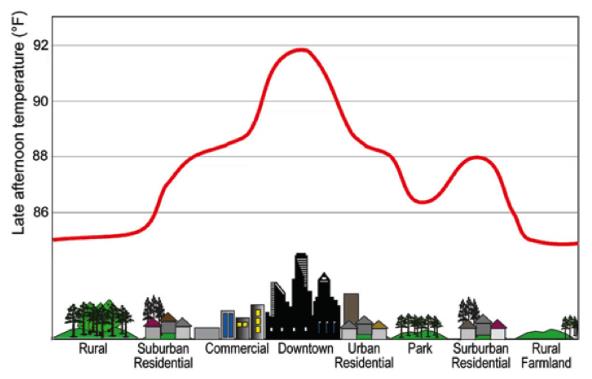
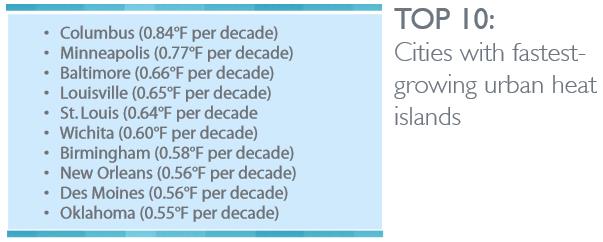
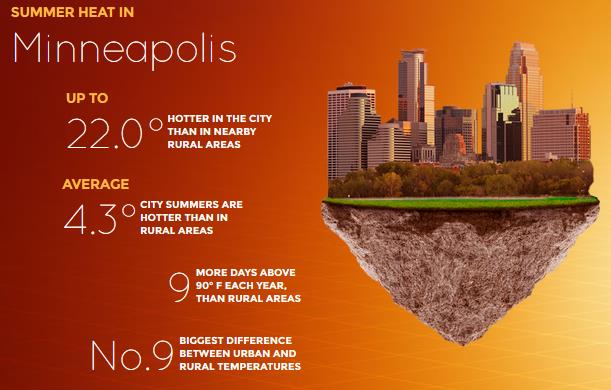
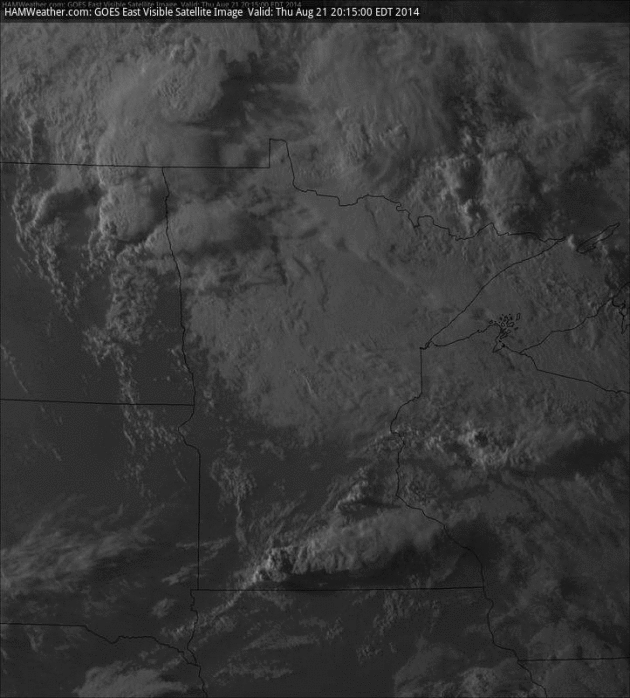
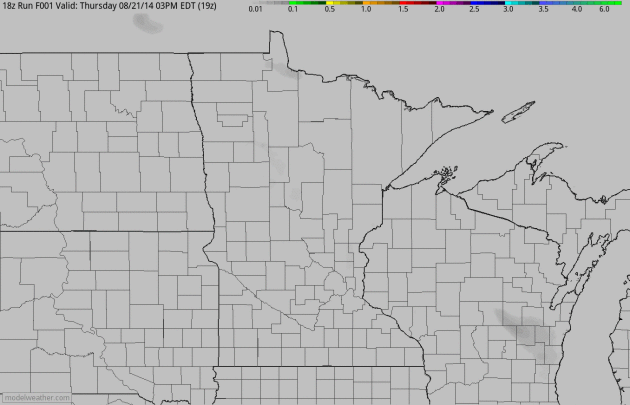
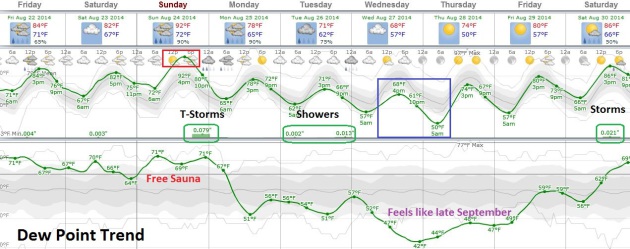

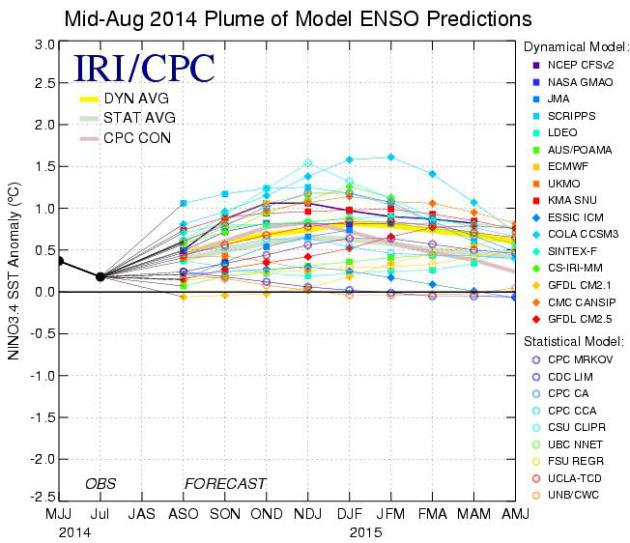
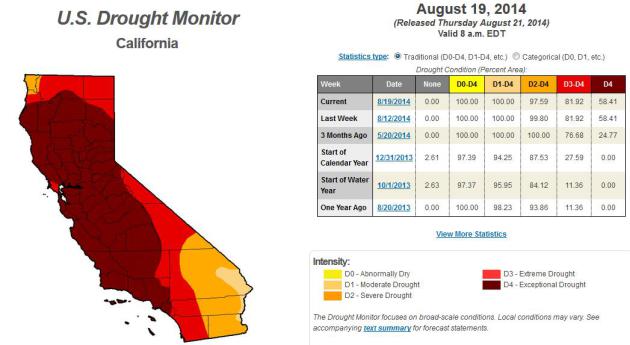
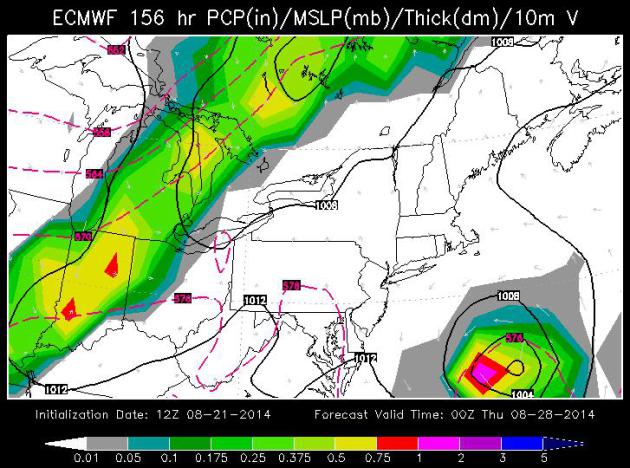
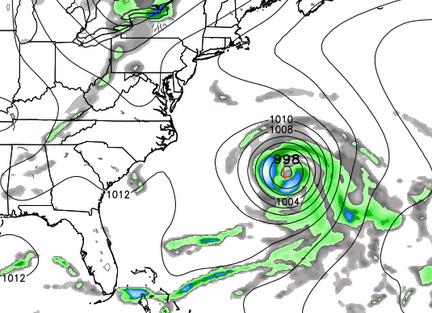
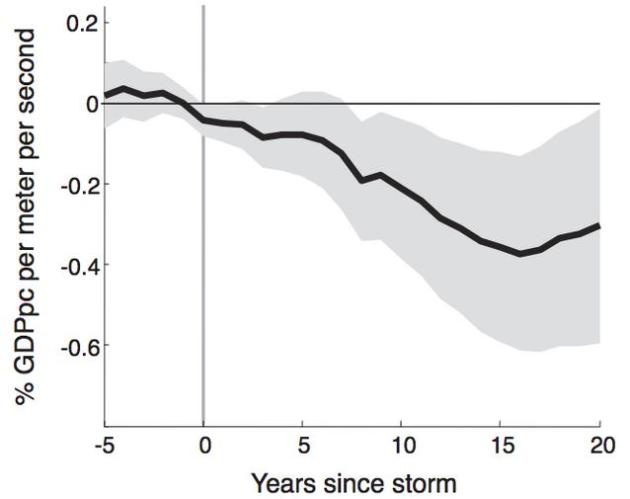
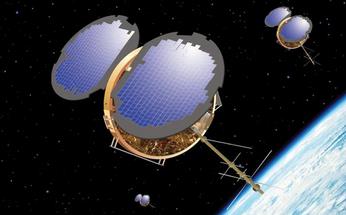
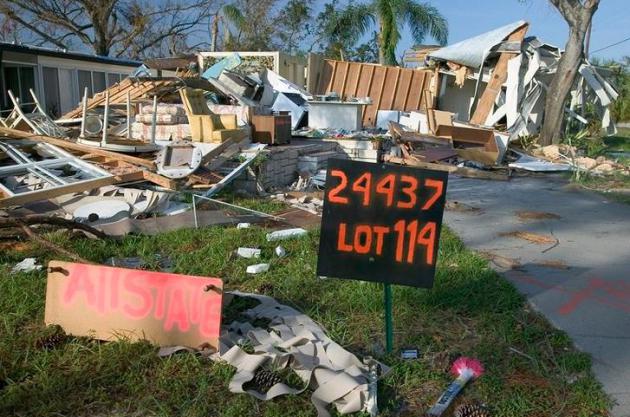



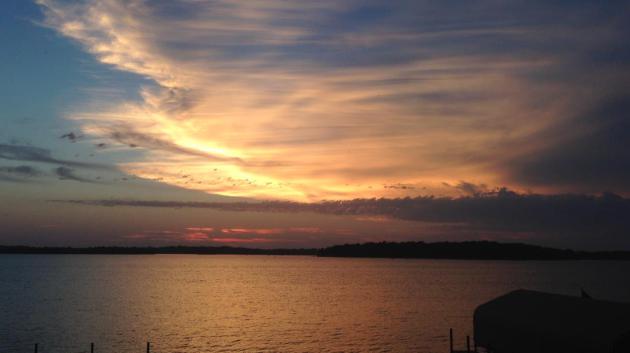
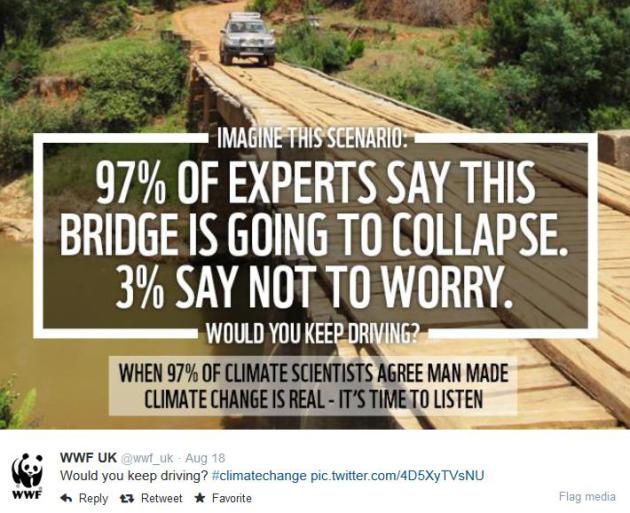

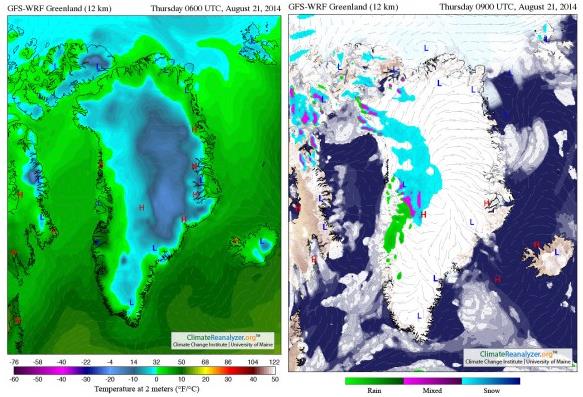
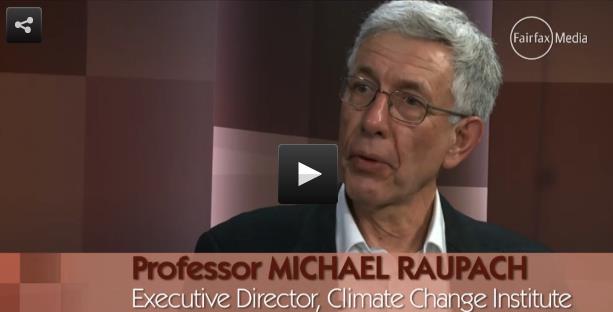


No comments:
Post a Comment